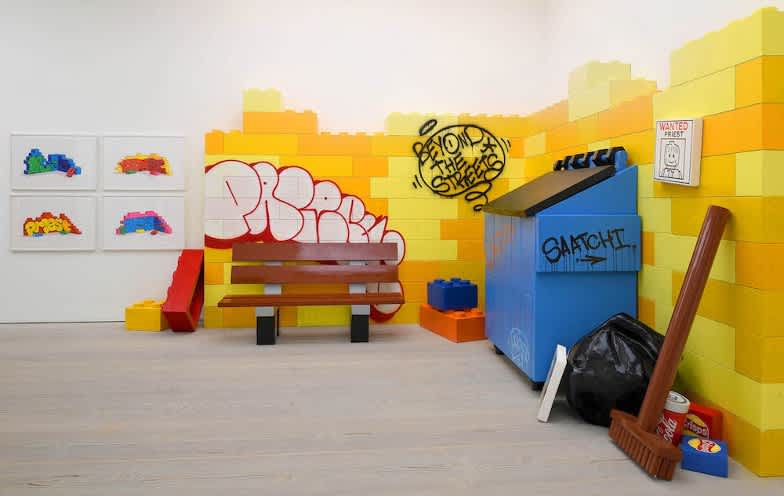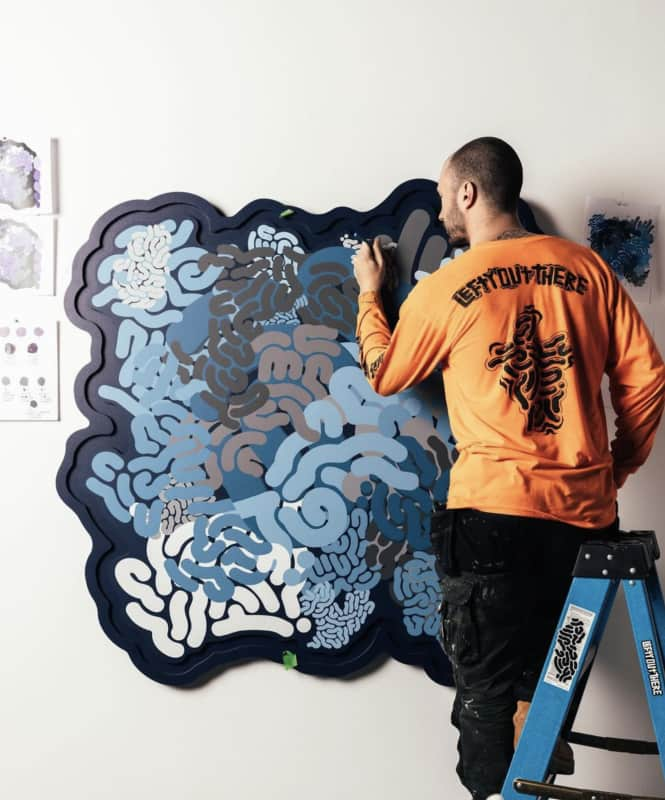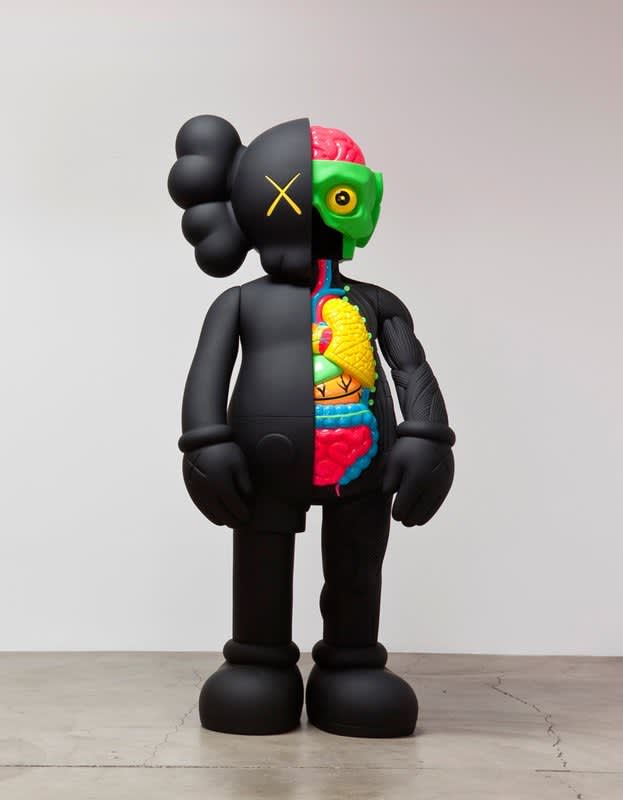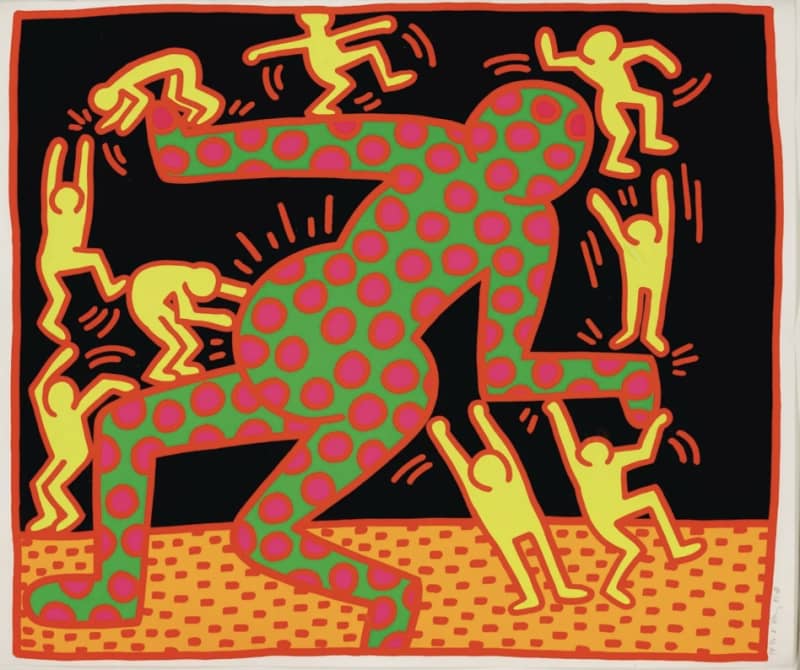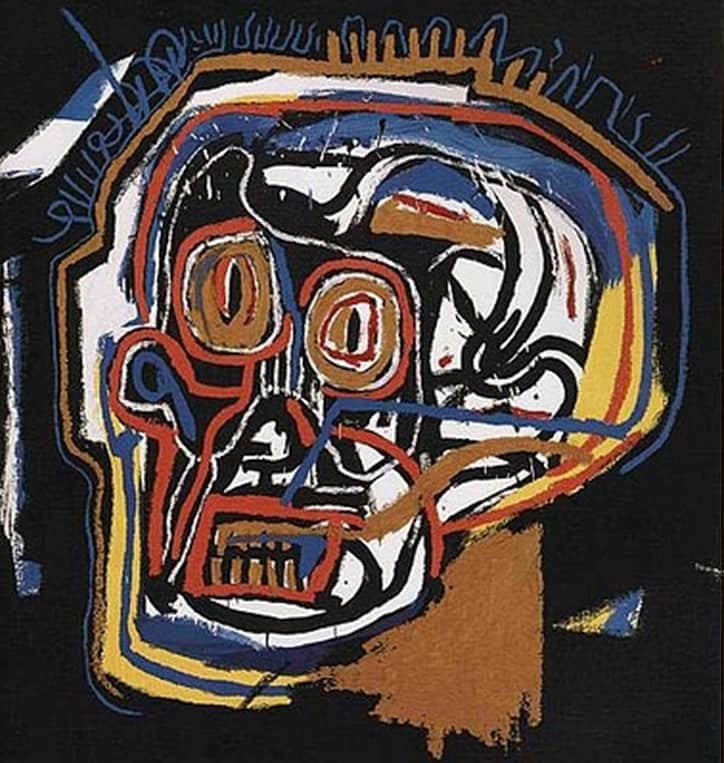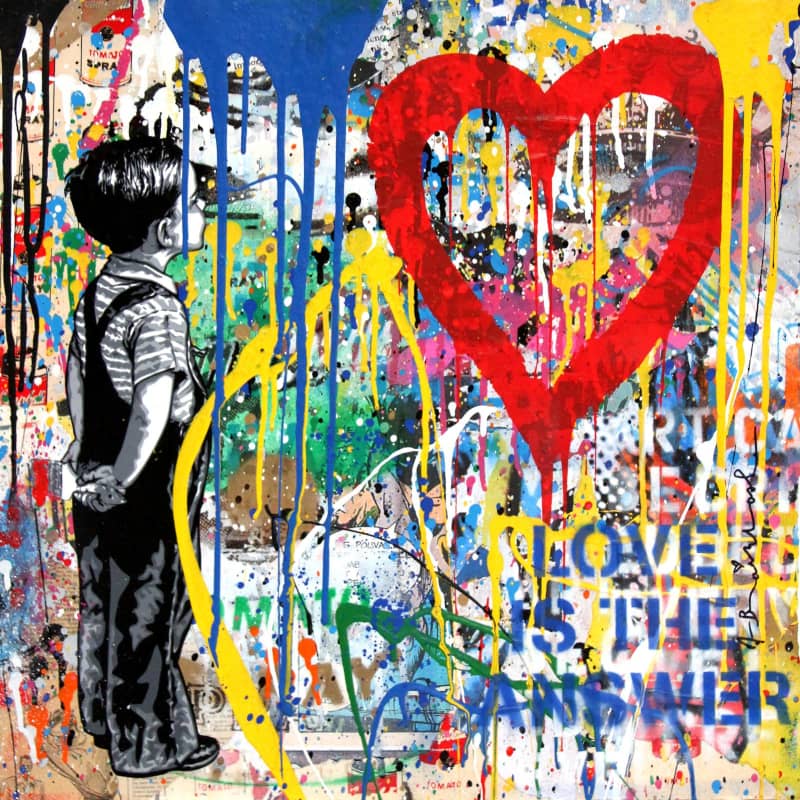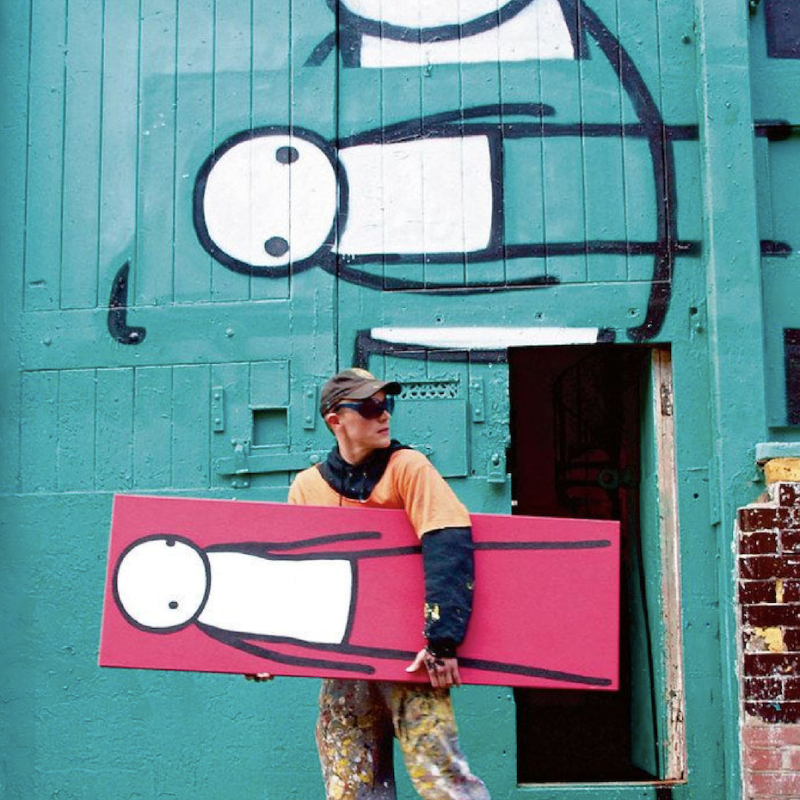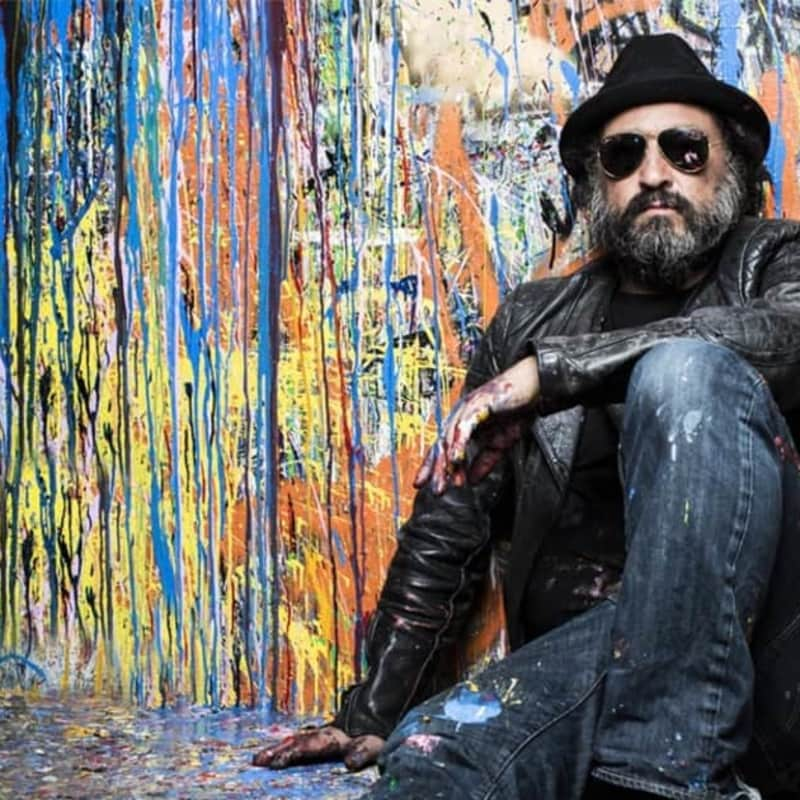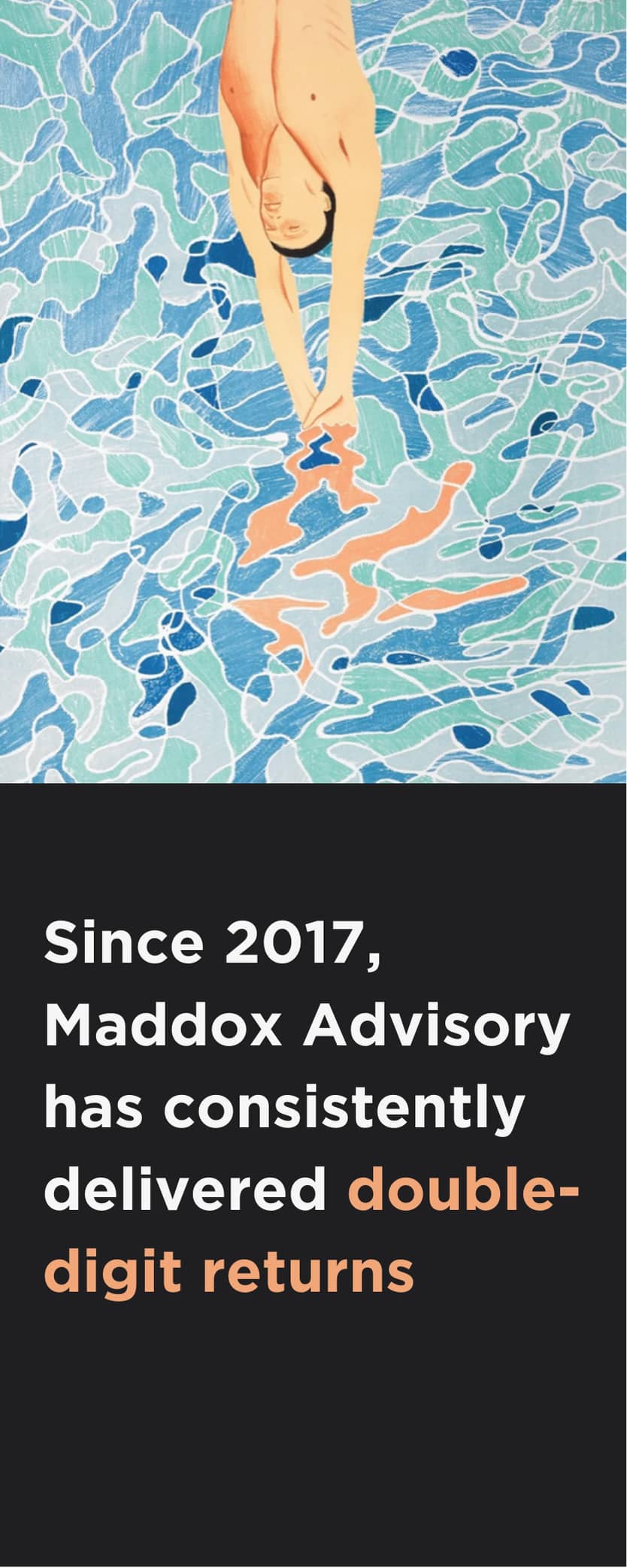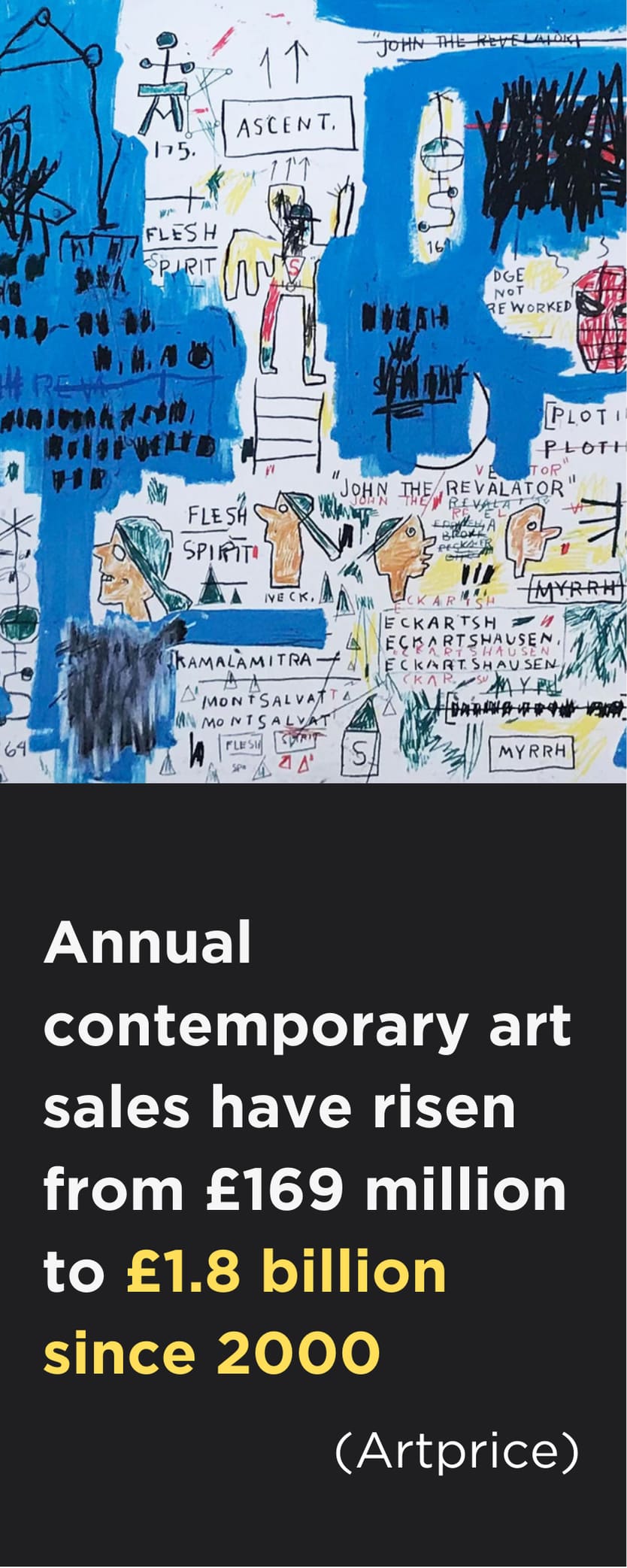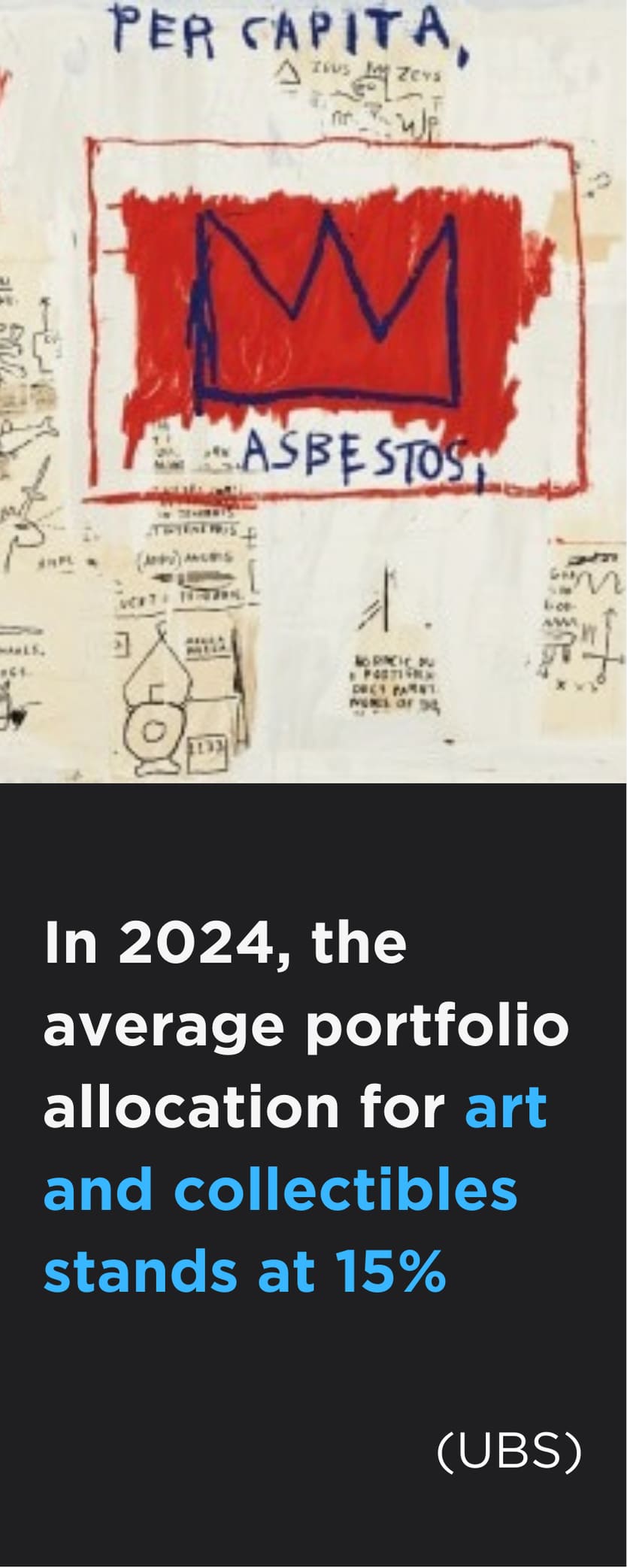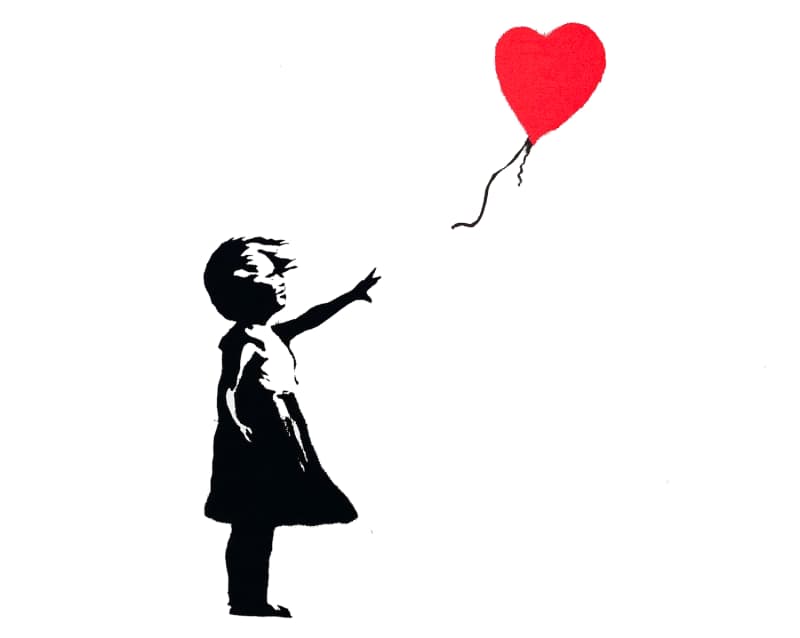Banksy may be the face of contemporary street art, but he’s part of a broader lineage of artists who have single-handedly shaped the cultural landscape of contemporary art, and the art market as a whole. For those seeking street artists like Banksy—visionaries who transform city walls into symbolic narratives—this curated guide explores seven graffiti artists whose work has moved from pavement to prestige, and from back streets to the walls of major collections.
Beyond Banksy: A New Chapter in Street Art
Banksy, Banksquiat (Grey), 2019, Edition of 300
Ask any art lover and they’ll tell you: Banksy graffiti art changed everything. With his satirical stencilled murals and guerrilla interventions, he elevated street art from vandalism to vanguard, bringing wit, protest and irony into the mainstream.
But while Banksy may be the most recognisable name in the genre, he didn’t invent it. Artists like Keith Haring and Jean-Michel Basquiat were already fusing street culture with social commentary decades earlier, tagging subway stations and city walls with a raw visual language that paved the way for what street art would become in the Banksy era.
And he is far from alone today, with a new wave of street artists like Banksy shaping the conversation today, blending anonymity with activism and accessibility. Some follow in Banksy’s shadow, deploying subversion as a visual weapon. Others carve their own path entirely, transforming cities and gallery spaces into powerful canvases for critique and imagination.
So, who are the movement’s most elusive and influential figures? From nameless provocateurs to market-shifting icons, here are seven artists similar to Banksy whose work deserves your attention.
1. Priest: The Anonymous Critic of Capitalist Chaos
Priest, Bikini Bottom Bombers, Acrylic on Canvas, 2024
Little is known about the anonymous street artist known as Priest, and that’s entirely by design. Operating under multiple personas, he maintains an online presence as Priestcorp, a portmanteau of religion and corporatism that only deepens the enigma surrounding him.
Originally from New Zealand and now based in London, he has emerged as one of the most talked-about figures in the post-Banksy age. Operating behind a veil of secrecy, the works of Priest, artist and agitator, merge satire, symbolism and visual spectacle, offering a darker, more absurd twist on the street art tradition.
Priest street art is bold and colourful, referencing nostalgic cartoons and retro video games, and turning graffiti tropes into playful attacks on capitalism and institutional control. Toys are a recurring motif in his paintings, used both literally and conceptually. In graffiti slang, “toy” means amateur, but Priest flips the term into a statement on authorship and access. Bikini Bottom Bombers (2024), for example, sees SpongeBob and Patrick cheekily tagging a police station—part rebellion, part absurdist theatre.
In 2022, Priest credited KAWS as a mentor, hinting at the collaborative networks that shape street art behind the scenes. With growing market interest and cultural buzz, Priest is fast joining the ranks of renowned anonymous artists like Banksy, with his mystique, message and irony striking a chord with collectors and curators alike.
2. Stik: The Silent Chronicler of Human Connection
STIK, Sleeping Baby (Red), 2015, Edition of 25
Known simply as Stik, this anonymous British street artist has carved out a global following as the stickman graffiti artist who has transformed his minimalist brushstrokes into a universal language of empathy. Based in London’s East End, where much of his early work first appeared, Stik’s name now echoes far beyond Shoreditch’s walls, becoming synonymous with resistance, community solidarity and emotional nuance in public spaces.
Using just a few black lines and block-colour backgrounds to create his deceptively simple stick figures, his pared-back visual language has become his signature. Through a simple tilt of the head or angle of a limb, his works lay bare the depths of human feeling.
Stik street art has appeared everywhere from London tower blocks to the avenues of New York. Notable works include Sleeping Baby, painted on a hospital wall in support of the NHS, and Holding Hands, a bronze sculpture in Hoxton Square. Each piece speaks to a core belief: human connection as an act of resistance.
While other street artists aim for satire or spectacle, Stik’s work is rooted in empathy and advocacy. He often collaborates with local communities, with many of his murals painted with or for residents. Themes of housing insecurity, migration and visibility run throughout his work.
Despite his anonymity, the graffiti artist Stik is a highly collectable name in the street art market. His work has been exhibited in cities, galleries and exhibitions around the world, from London to Tokyo, with Stik prints and originals often selling out within minutes. In a genre closely associated with noise and rebellion, Stik art offers something softer and perhaps more radical: a vision of simplicity and solidarity, drawn in the fewest possible lines.
3. Lefty Out There: The Abstract Architect of Obsession
Lefty Out There, Futurum Momentum, 2024
Lefty Out There, artist and spontaneous mark-maker, is a distinctive voice among contemporary street artists. His complex, tangled acrylic and mixed-media artworks feature complex linework—a hypnotic signature bridging graffiti, design and fine art. Where some street artists focus on figuration or iconography, LA-based Lefty dives deep into abstraction, exploring the visual language of repetition, compulsion and control through his labyrinthine patterns.
He describes his recurring motif—the "polymorphs”—as a visual virus, spreading across surfaces to reflect patterns of obsession, anxiety and overstimulation in modern life. His trademark style of dense, interlocking lines rendered in crisp monochrome or vibrant colour palettes feels almost digital in precision, yet every line is hand-painted. From murals that engulf entire façades to canvases, clothing and even sculpture, his work lives across mediums and surfaces, morphing to fit its environment while remaining unmistakably his.
Starting on the streets of Chicago, he gained early traction in both the art and fashion worlds, collaborating with brands like Adidas, Google and Porsche. His large-scale public works now span the USA, Europe and Asia. Among the collectible street art artists, Lefty has emerged as a favourite, especially for collectors drawn to crossover aesthetics that combine the cryptic messages of street art painting with design rigour. In an era defined by overstimulation, Lefty’s art mirrors the noise, then finds rhythm in it. It’s compulsive, meditative and unmistakably current.
4. KAWS: From Street Corners to Global Collections
KAWS, Ankle Bracelet, 2017, Edition of 50
Few can straddle the line between underground culture and global ubiquity quite like the street artist KAWS. Born Brian Donnelly in Jersey City, KAWS started out as a graffiti artist tagging billboards and bus stops in 1990s New York. Today, his work spans sculpture, painting, product design and pop culture collaborations, with his signature Companion character as recognisable as anything within the street art canon.
KAWS art remixes beloved cultural icons, including Mickey Mouse, Snoopy and The Simpsons, stripping them of context and reanimating them with X-ed out eyes and melancholic expressions. Though now known for his monumental sculptures and collectibles, KAWS’ roots remain in the world of street art, with his early interventions, altering bus shelter ads across Manhattan, laying the groundwork for his global success.
Nothing short of a phenomenon, his celebrity art collectors today include Pharrell Williams, Swizz Beatz and Kylie Jenner. In 2019, his painting The Kaws Album sold for a record-breaking $14.8 million at Sotheby’s in Hong Kong, cementing his place among the street artists like Banksy who have enjoyed huge commercial success. Whether in galleries, fashion campaigns or streetwear drops, KAWS has redefined what a street artist can be, turning graffiti into a global visual dialect with mass appeal.
5. Keith Haring: The Street Artist Who Turned Movement into a Message
Keith Haring, Apocalypse II, 1988, Edition of 90
Long before street art was a recognised category, Keith Haring was chalking radiant babies and barking dogs on the walls of New York’s subway system. Though he died in 1990 aged just 31, Haring remains one of the most famous street artists in history.
While his earliest works took the form of murals and subway drawings, the street artist Keith Haring also created paintings and prints that have become joyful, iconoclastic pieces of pop art history. His style was unmistakable: thick black lines, bright colour blocks and kinetic forms, painted in impulsive bursts.
He was also the era’s most vocal activist, with his work tackling the AIDS epidemic, apartheid, LGBTQ+ rights and consumerism. The Keith Haring mural Crack is Wack (1986) and collaborations with ACT UP are defining examples of art as protest.
Though Keith Haring street art was primarily made for public consumption, it transitioned seamlessly into galleries and institutions during his lifetime and now commands major attention from collectors, museums and auction houses. His original works consistently achieve seven-figure results at auction, with Keith Haring prints highly sought-after among collectors for their cultural significance. Celebrities and collectors, from Lenny Kravitz to Elton John, continue to champion his legacy, while partnerships with international brands like Uniqlo, Adidas and Pandora have brought his iconic motifs to a global audience.
Haring’s gift for distilling complex social issues into accessible forms reshaped the language of public art. His influence continues to inspire countless contemporary street artists, including Banksy, who speak out against injustice, inequality and the excesses of modern life.
6. Jean-Michel Basquiat: The Graffiti Poet Who Rewired Contemporary Art
Jean Michel-Basquiat, Cabeza, 2005, Edition of 85
Long before street art entered the mainstream, Jean-Michel Basquiat was using the city as his canvas. In the late 1970s, he began tagging cryptic, poetic slogans across lower Manhattan under the alias SAMO, a guerrilla commentary on capitalism, conformity and race. These early fragments of Basquiat graffiti marked the beginning of his meteoric rise to fame.
Basquiat street art quickly evolved into a complex, expressive visual language that fused text and image, history and identity. His canvases exploded with recurring motifs—crowns, skulls, scrawled words, disjointed anatomy—infused with references to jazz, hip hop, African diasporic history and the Black experience. Though he moved beyond the walls of the street, his work retained graffiti’s rawness and urgency, rejecting art-world polish in favour of something visceral and immediate.
Often positioned somewhere between neo-expressionism and pop art, Basquiat blurred the boundaries between high and low culture, channeling the energy of the streets into museum-worthy masterpieces. Works like Head (1982) and King Zulu (1986) now reside in prestigious collections, while Untitled (1982) shattered records when it sold for $110.5 million at Sotheby’s in 2017.
The graffiti artist Jean-Michel Basquiat wasn’t a street artist in the traditional sense, but his legacy laid the groundwork for generations of artists who use public space and popular symbols to challenge power structures. His influence is evident in the symbolic codes and socially charged messages of artists like Banksy, Priest, Stik and countless others working at the intersection of art and activism.
7. Mr. Brainwash: The Art World’s Ultimate Disruptor
Mr.Brainwash, Dream Big Dreams, 2020
At once a provocateur, pop culture archivist and media-savvy showman, the artist Mr. Brainwash—born Thierry Guetta—rose to fame through Exit Through the Gift Shop, Banksy’s 2010 mockumentary that blurred art and commerce, satire and sincerity. The Mr. Brainwash, Banksy connection began when Guetta was spotted filming street artists in Los Angeles. After getting to know Banksy, he became the unlikely subject of the film—and, with Banksy’s encouragement, turned his attention to developing his own creative practice.
His style is loud, layered and referential: think spray paint, stencils, silkscreens and splatters, often featuring icons like Mickey Mouse, Einstein and Kate Moss. Echoing the bright irreverence of Warhol, the iconoclasm of Banksy and the optimism of pop art slogans, “Life Is Beautiful” is one of the artist’s most enduring mantras.
Guetta works across walls, canvases, sculpture and installation, transforming everything from vintage TVs to cars into pop-culture artefacts. His immersive exhibitions blend Mr. Brainwash street art, branding and entertainment, drawing international attention and high-profile collectors like Madonna and the Beckhams.
Both a participant in and parody of the art world, he plays with the boundaries of hype and authenticity. For those exploring artists similar to Banksy, his work is a playful entry point into the tension between mass appeal and artistic identity.
Why These Street Artists Matter Now
While the Banksy effect brought mass attention to the genre, artists like Priest, Stik and Lefty Out There are redefining its boundaries. KAWS blurs graffiti and gallery. Mr. Brainwash critiques hype from within. And let’s not forget the original street art revolutionaries, Haring and Basquiat, who laid the foundation for the movement’s depth and dynamism.
Together, these artists reflect the richness of street art, creating abstract and emotional, playful and political art. For collectors and culture lovers alike, each offers a distinct perspective on what graffiti can mean today.
The Power of the Anonymous Graffiti Artist
Priest artwork installation at Beyond The Streets, Saatchi Gallery 2023
Both protective and provocative, anonymity is part of graffiti’s DNA, with artists like Banksy, Stik and Priest letting their work speak louder than their names. In an age obsessed with branding, that silence becomes almost radical.
The mystique also adds to their collectibility, inviting deeper engagement and making each piece more than just a signature. In today’s art world, the anonymous graffiti artist remains one of its most powerful figures.
Street Art as a Smart Investment
Once seen as outsider art, street art is now a vibrant and vital category in the global market. While blue chip artists like Basquiat, Haring and KAWS have broken records, emerging names like Lefty Out There and Priest are evolving the genre while building momentum among serious collectors. With original artworks, limited edition graffiti art prints and public commissions, this new wave of artists offers both accessibility and exclusivity, a rare combination in Contemporary art.
From the Streets to Galleries
Street art is no longer on the margins. Artists once dismissed as vandals now show in major museums, collaborate with fashion houses and play starring roles in auction catalogues. Haring, Basquiat and KAWS paved the way; Priest, Stik, Lefty Out There, Mr. Brainwash and others are pushing it forward. Banksy street art remains the genre’s most iconic, but look closer and you’ll find a constellation of street artists whose work is equally worthy of collection.
Contact a Maddox Art Advisor to receive tailored recommendations and learn more about investing in original graffiti art for sale and street art prints from today’s most compelling artists, alongside original Banksy art
The value of investments can go down as well as up, and past performance is not guarantee of future performance. Return figures shown are gross; fees, including a 20% performance commission, may apply. Liquidity is not guaranteed. Terms, limitations, and withdrawal conditions apply. Minimum recommended investment is £20,000. Maddox Advisory is not FCA-regulated and does not give financial advice. Seek independent advice before investing.
